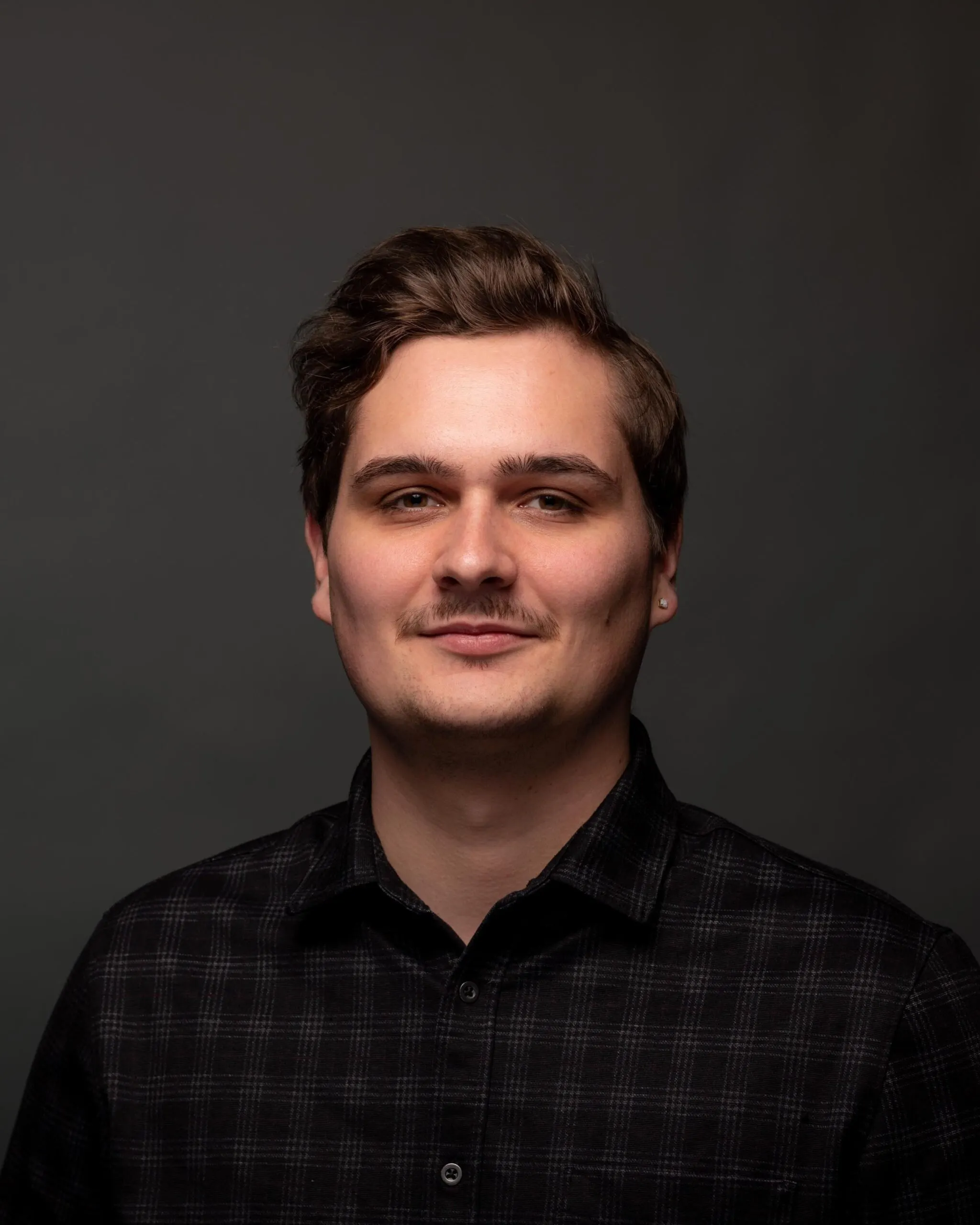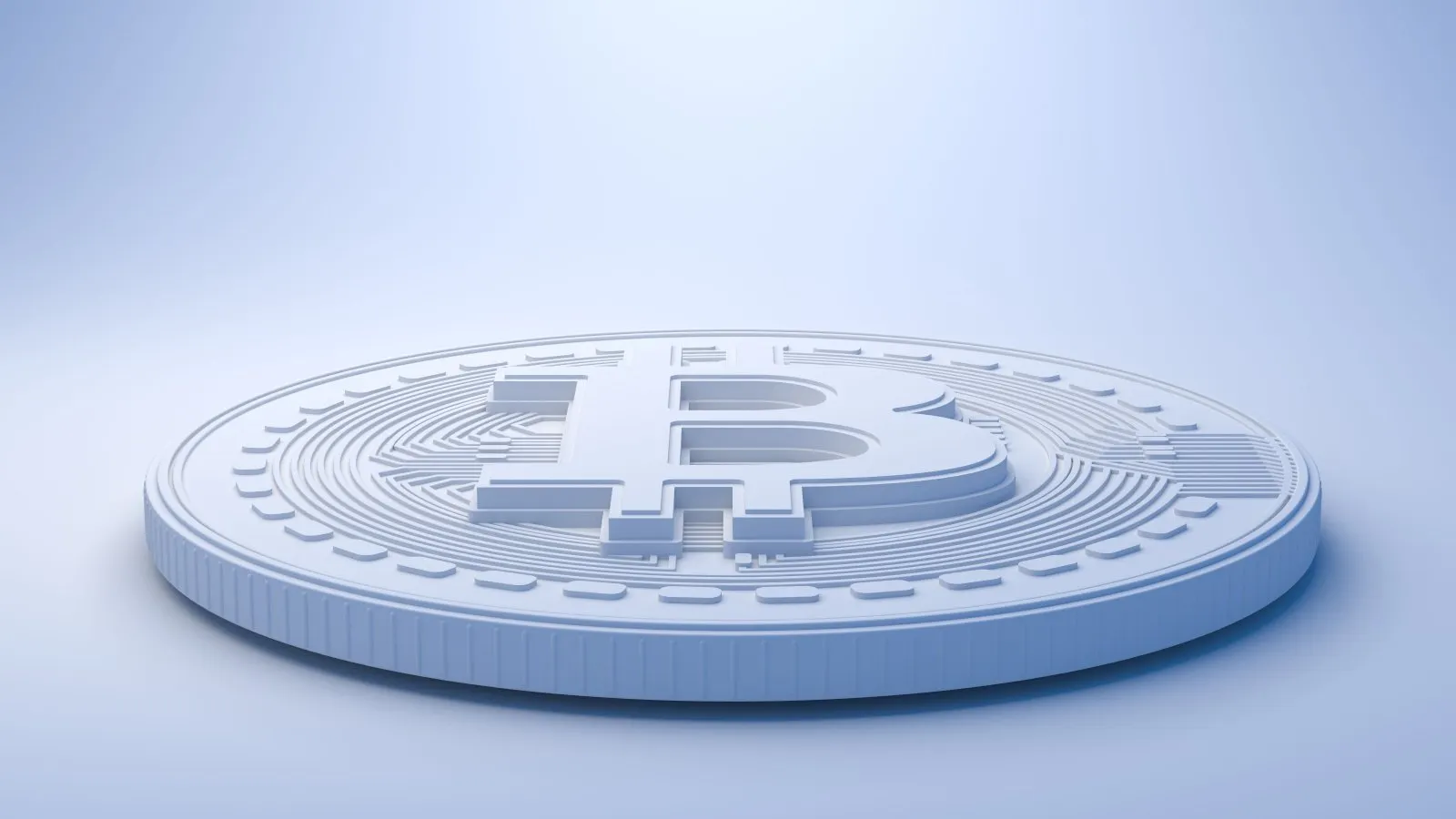The team behind Ordinals said on Tuesday that it has created a nonprofit organization to support the development of its protocol for "inscribing" NFT-like assets to the Bitcoin blockchain—right as the total topped 21 million inscriptions to date.
Launched by developer Casey Rodarmor earlier this year, Ordinals quickly established itself as a hotbed for innovation around crypto’s oldest coin. The protocol lets people assign data to an individual satoshi—equal to 1/100,000,000 of a whole Bitcoin—whether that’s art, profile pictures, or even playable games.
The California-based nonprofit, dubbed the Open Ordinals Institute, will back the protocol’s development by funding its core group of developers, including the project’s pseudonymous lead maintainer, Raph.
“It's very great to scale this up and make a long-term effort,” Raph told Decrypt. “Nonprofits [...] can accept donations and can allocate capital to people contributing in a very neutral way, without there being a profit incentive.”
The shift toward a nonprofit structure will primarily have tax implications, Raph said. Pending approval from the IRS, Ordinals’ development team—which was funded privately by Rodarmor in the past—will be able to accept tax-deductible donations. Previously, funds given to Rodarmor and Raph were classified for tax purposes as personal gifts.
Four people are expected to serve on the Institute’s board, Raph said: himself, Rodarmor, Hell Money podcast host Erin Redwing, and the pseudonymous Ordinals technical fellow known as Ordinally.
Raph described the move as parallel to other crypto projects that have established foundations, but acknowledged that the initiative is still in its early days.
“At the moment, it's very simple,” he said. “It's the most minimal structure you can imagine.”
Alongside the change, the Ordinals team launched Ordinals.org, where members of the organization will post community updates and provide other resources related to the project’s development.
The new direction for Ordinals’ team comes after Rodarmor said he’d be taking a step back in May, explaining he couldn’t give Ordinals the attention it deserved. Still, Rodarmor has been active in the project’s GitHub repository where features are refined and developed, making changes as recently as June 19.
Rodarmor declined to respond to a request for comment from Decrypt.
On Tuesday, the total number of Ordinals inscriptions topped 21 million, according to a Dune Analytics dashboard. It could be viewed as a noteworthy milestone, considering Bitcoin’s total supply is forever capped at 21 million Bitcoin.
The fervor surrounding Ordinals inscriptions—as well as Bitcoin transaction fees—spiked in May as demand for BRC-20 tokens surged. The experimental class of tokens, built on top of Bitcoin using Ordinals, takes inspiration from Ethereum ERC-20 tokens.
Elevated Bitcoin transaction costs sparked some concerns, yet the higher fees ultimately delivered miners a significant windfall—something that MicroStrategy co-founder and Executive Chairman Michael Saylor has previously said could benefit Bitcoin in the long run.
As enthusiasm surrounding Ordinals grew, several crypto exchanges and NFT marketplaces rushed to support art-based inscriptions and BRC-20 tokens. But lately, there’s been a palpable decline in activity and trading volume related to Ordinals inscriptions, Ordinally told Decrypt.
“Many people are talking about Ordinals being dead,” said Ordinally. “But what I see from talking to people who are creating software companies and building in this space—everybody’s saying this is a very welcome period to just take a breath and start focusing again.”
On June 2, nearly 22,000 transactions involving art-based inscriptions took place on marketplaces that support Ordinals, representing an all-time high, according to another Dune Analytics dashboard. Yesterday, that figure totaled less than 2,000.
Ordinally said they were originally drawn to Bitcoin by the concept of digital scarcity and how something in a “world of digital noise and abundance” could be finite. In terms of Ordinals, they said the project is an extension of Bitcoin’s scarcity that lends itself to art and digital collectibles, with plenty of room to grow.
“I think digital artifacts built on the scarcity of Bitcoin block space will mature over time into something that is quite different than the NFT ecosystems you see today,” he said. “We have made the few first steps, but there's so much more to be done.”

